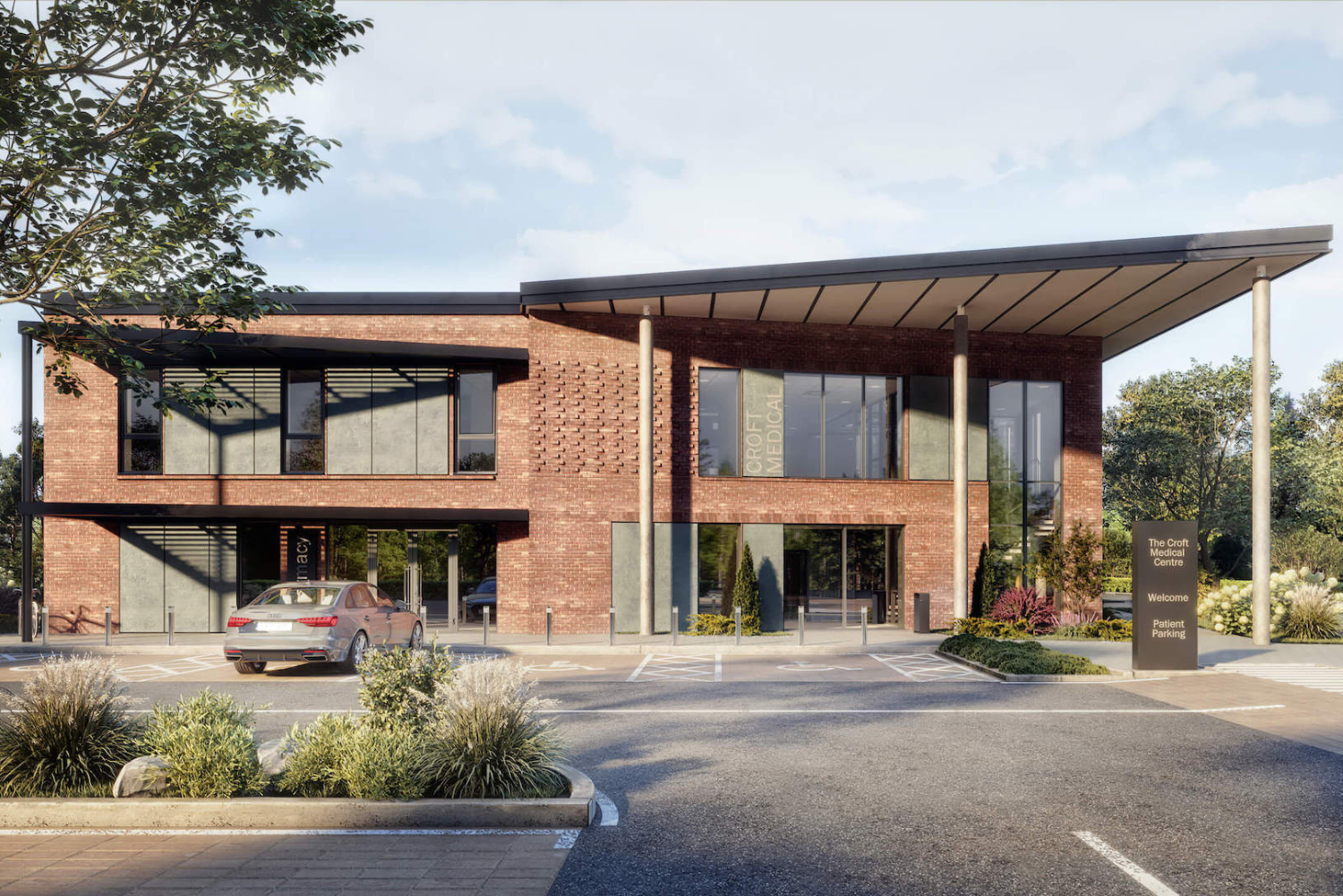
The Immersive Art of 3D Storytelling in Architecture

Immersive storytelling
Stories are as old as time itself and have been captivating audiences for centuries. Storytelling comes in many shapes, forms and formats, and 3D visualisation in architecture is one that amplifies its allure, engaging stakeholders far beyond mere sketches. It paves the way for an experience, infusing models with immersive design that speak to the project’s histories and potential futures. Such architectural narratives have the power to engage clients, investors, and the public in an eye-opening journey.
The creative techniques in architecture render it a storytelling medium at its core. Architects weave tales with their projects by contextualising spaces within environments and historical backdrops, using their designs to communicate complex ideas or aspirations. One of the biggest challenges in architectural storytelling is translating these concepts into tangible experiences. That’s where 3D modelling paves the way for narrative-driven design, serving as the bridge between a blueprint and an immersive experience.
The role of 3D visualisation as storytelling tool
Architectural design software, like SketchUp and Revit, have redefined the boundaries of what’s possible when it comes to 3D visualisation. These tools, with their robust features and capabilities, allow you to sculpt immersive environments for maximum architectural storytelling impact. Think of them as digital canvases, providing architects with the means to teleport stakeholders into envisioned spaces that have the power to tell unforgettable stories.
All of this is enhanced by creative techniques. Utilising strategic lighting can evoke moods, playing on emotions or highlighting design features. Textures can tell tales of age, culture, or future looks. Dynamic camera angles can guide an observer's journey, emphasising critical design elements or revealing welcome surprises. Case studies in architecture tell us that these nuanced elements, when properly integrated, transform models into narratives.
Real-life case studies
Because real-world examples speak louder than theory.
CopenHill Energy Plant
Consider the case of CopenHill Energy Plant, where the narrative revolved around sustainable coexistence. Using city 3D modelling, Bjarke Ingels' project showcased the balance of urban life with green spaces. The story was not only about the building, but its symbiotic relationship with Copenhagen, which aims to become the world's first carbon-neutral city by 2025.
Medical Centre in West Sussex
Another case study, that's smaller in scale but just as impressive, is the exterior visualisation of a medical centre in West Sussex, UK. Through 3D renders, the architects showcased the amount of natural light that comes into the waiting areas, and emphasised the warm colours and natural materials chosen to make visitors feel welcomes and comfortable, while also reducing the building's carbon footprint.
In many ways, the physical structure of a finished project is just the final chapter of an overarching tale that began long before a single brick was laid. Immersive 3D storytelling in architecture delves deeper, encompassing a building's essence, its context, and its place in time.
Interested in some further reading? Here’s our post on how to use the VU.CITY platform together with SketchUp and Revit.
Join the Community
Updates, business insights, webinars and more.
Google Privacy Policy and Terms of Service apply.



.png?width=1500&height=1001&name=msws%20(1).png)













